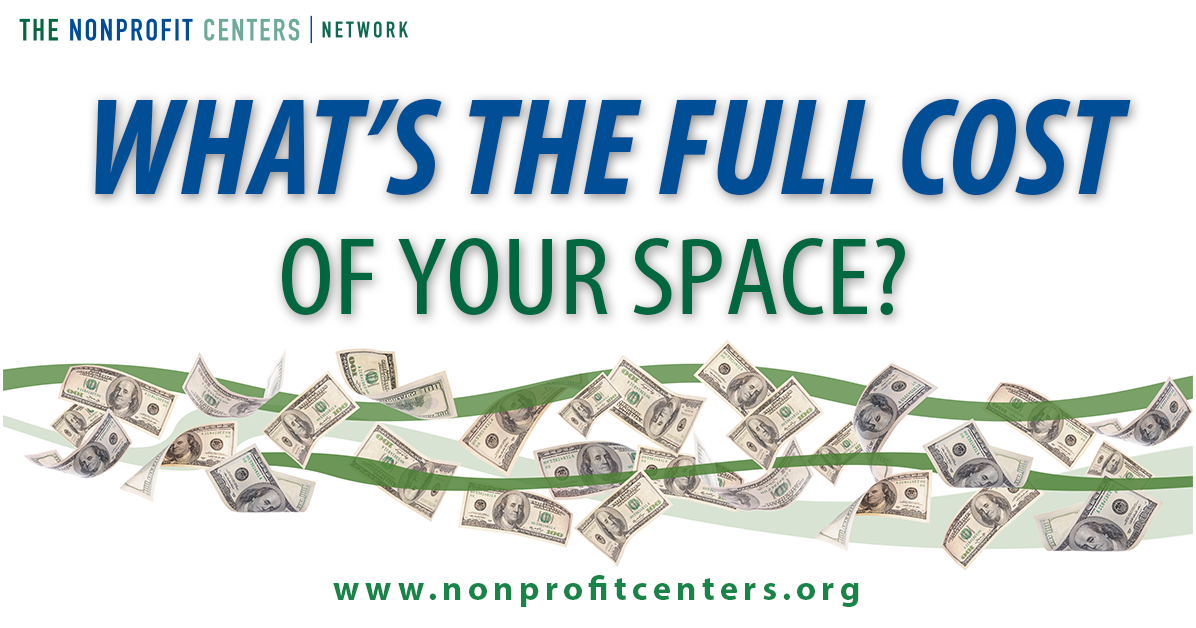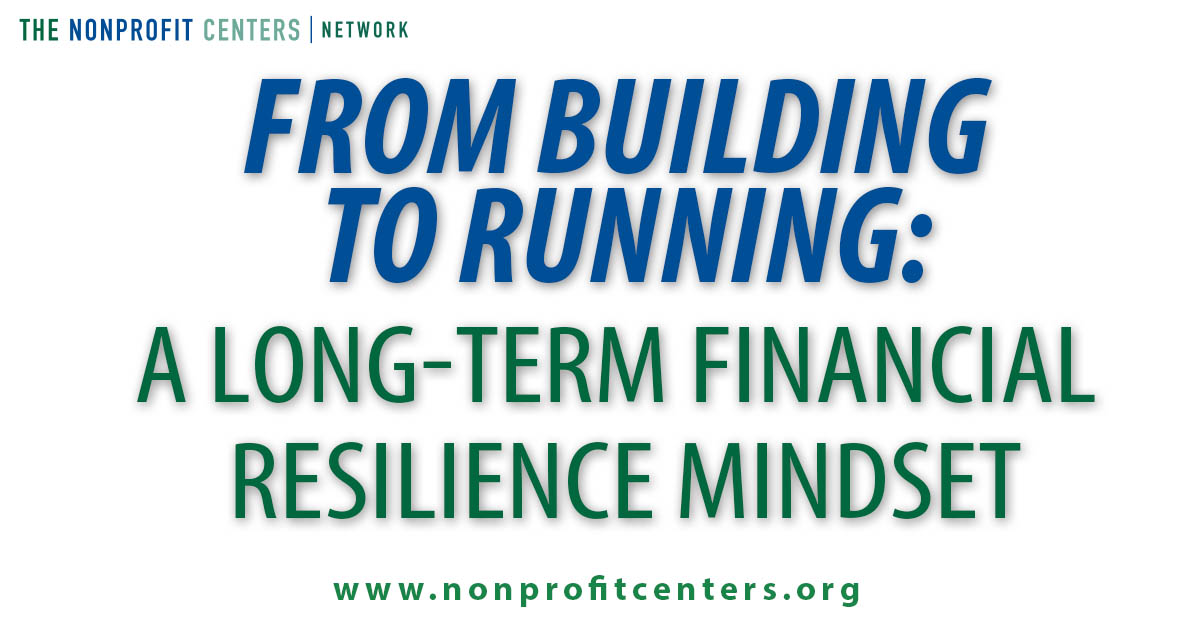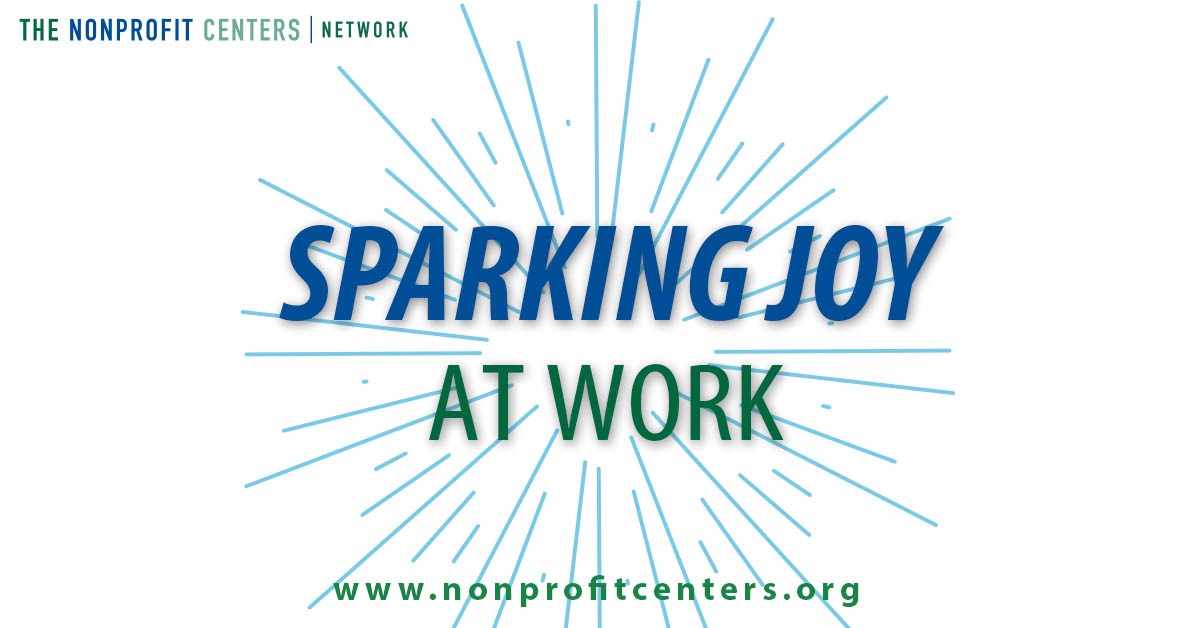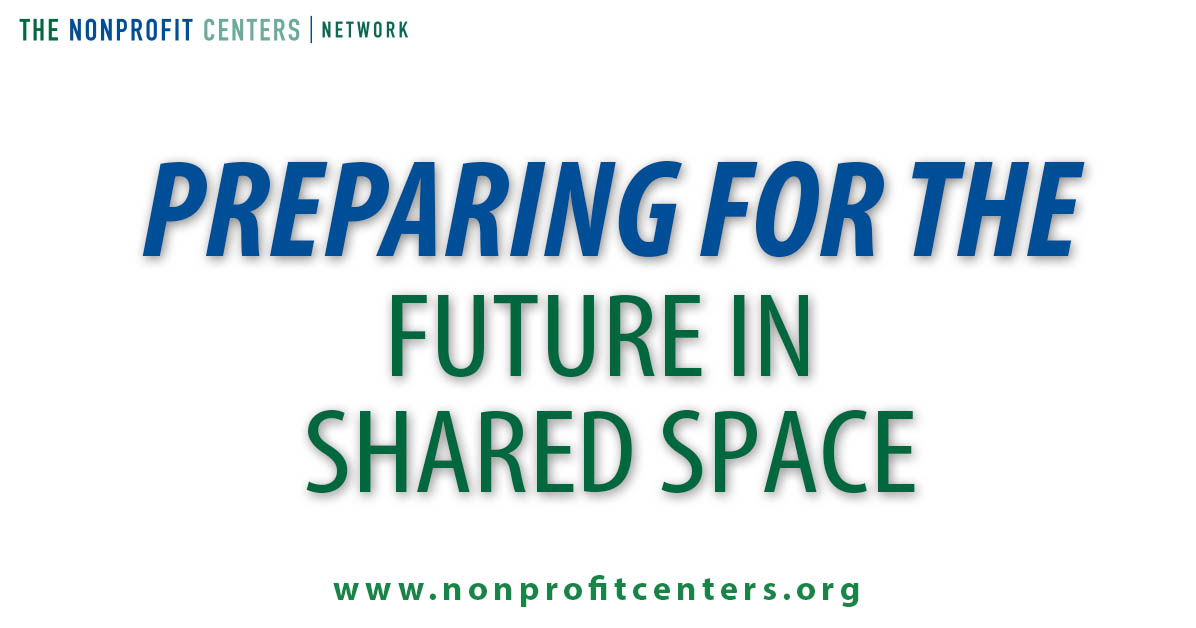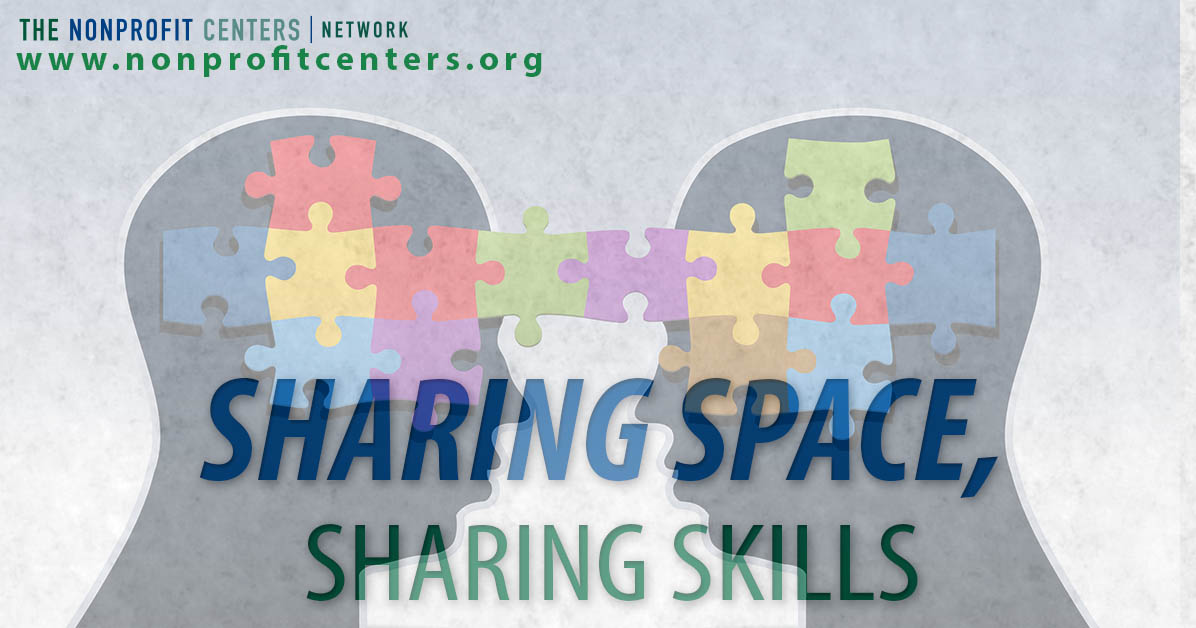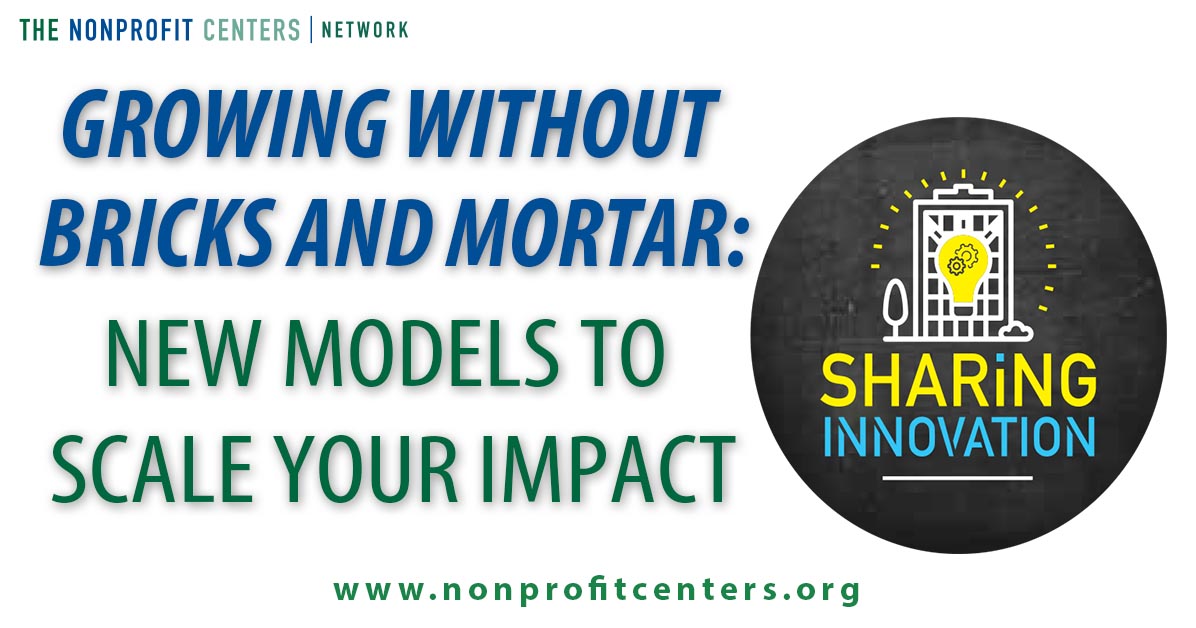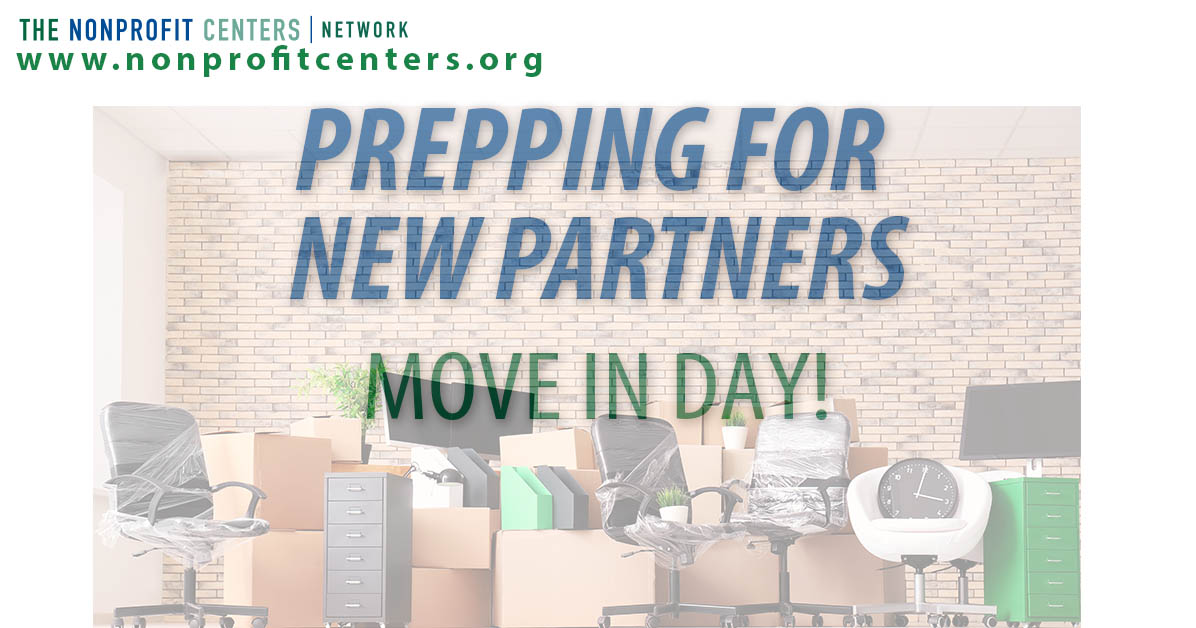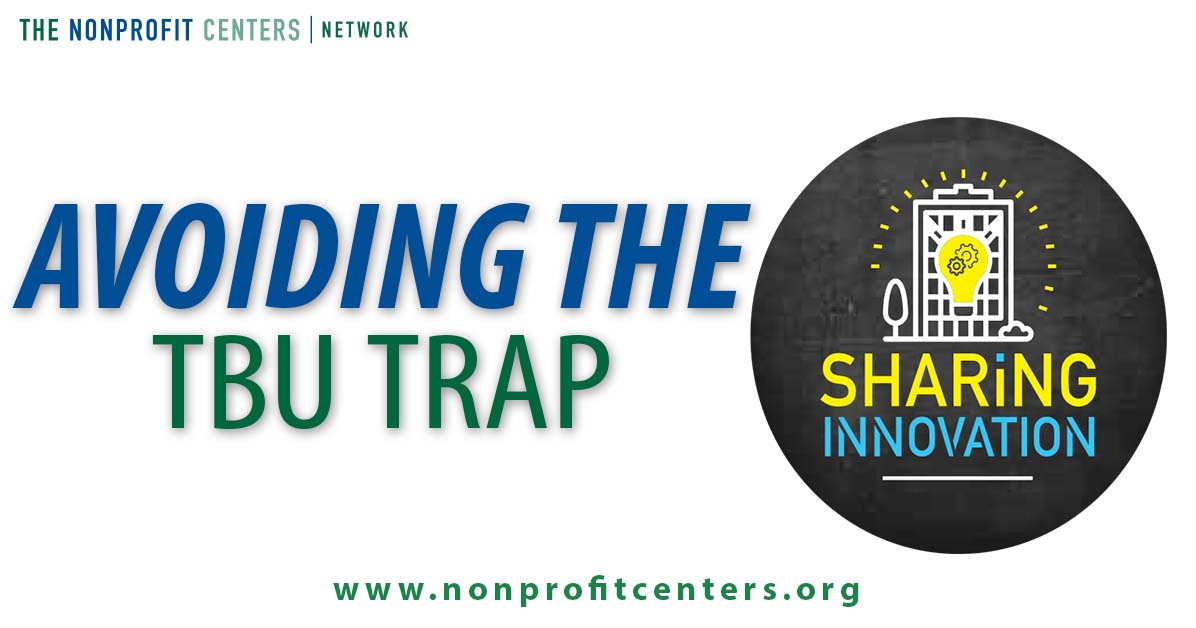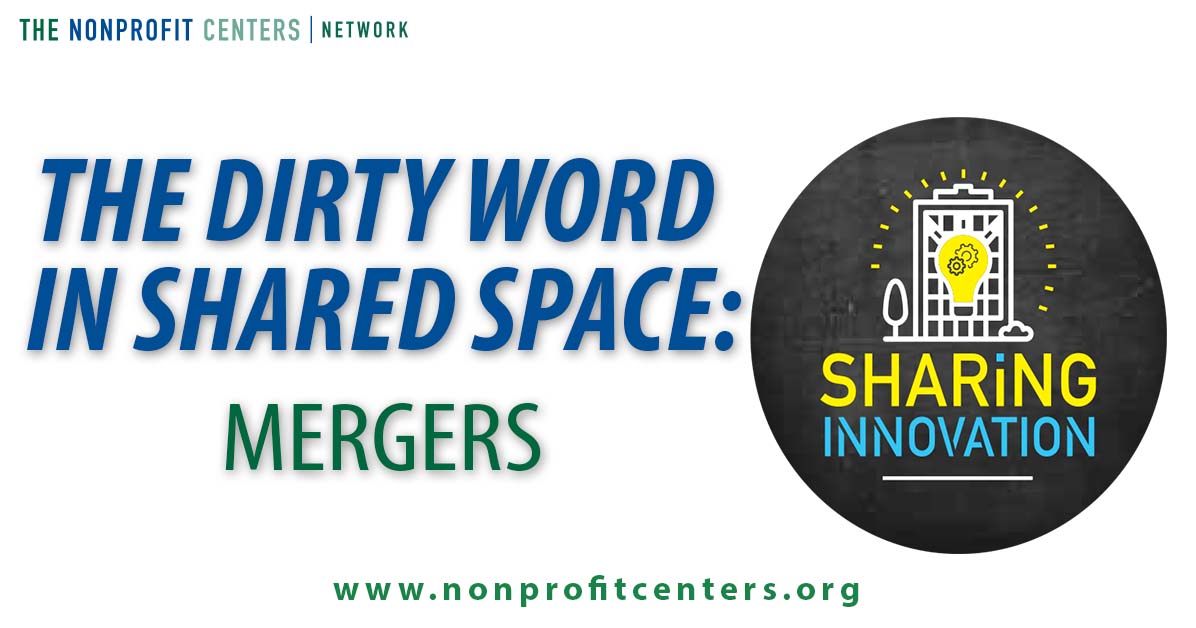NCN works with clients in a variety of ways, including though coaching. Recently, I worked with a group who was developing a full cost budget for their space for the first time. When you’re doing this kind of work, you need a few concepts in your back pocket. What’s a full cost budget? That’s a budget that looks at the entire picture of an organization, not just a portion of it. It includes all of the unsexy overhead costs that we need to be effective, like liability insurance, cleaning, grounds maintenance, and more. All too often in the nonprofit sector, we only look at what it costs to run a particular program, and we ignore all the other costs that aren’t up front. One concept you need is the idea of direct costs vs. indirect costs. Direct costs are those expenses that you need to spend for a specific purpose. If you’re making a meal, the tomatoes, pasta, meat, and spices are your direct costs. However, your meal won’t be very flavorful if you dump them into a pot uncooked. You need a stove in a kitchen with running water. Not to mention plates and forks! All these other things should be accounted for as “indirect costs” because you need them for making all your meals, not just your delicious pasta.

Was it just yesterday or a lifetime ago, the moment we cut the ribbon at the Community Partners Center in Colmar, PA? Suddenly, the building was complete, and the operating had begun. I have been spending some time reflecting on those transitional moments when a shift in mindset is required. I’m in one of those now. I recently left my long-time position operating a foundation and a nonprofit center to join Fiscal Management Associates (FMA) – a national consulting firm that builds the financial strength of nonprofit and philanthropic organizations. My transition from an internal operations position to an external consultant required a shift in mindset – just as the change from building a center to operating a center requires a new perspective, new skills and a resilience-focused mindset.
Infrastructure matters. It’s the tools and structures that magnify our productivity. Think about the speed at which you type an article on a computer versus writing it with pen and paper. In the for-profit world, the quality of your infrastructure impacts your ability to make money. Office spaces is worth investing in, because it helps your employees be more productive, legitimizes your presence, and encourages people to buy your products. Time intensive systems get automated or replaced, so a business owner can use their time in a way that maximizes revenue. Productivity is measured in ROI. In the nonprofit world, it is more complicated. Resources are limited, and its much more difficult to measure the impact of our work. It’s about how lives are impacted over years, not sales that take place in seconds. But just like in the for-profit world, systems can have an impact on the bottom line - the triple bottom line. How a nonprofit sets up its infrastructure (space, systems, employment practices, and more) can strengthen or weaken an organization’s impact on its mission.

I admit it. I recently watched an episode of “Tidying Up,” Marie Kondo’s new reality series about home organizing and I found it compelling. Participants sorted through all of their belongings to recognize and focus on what they truly loved and get rid of the rest.I wonder about applying this strategy at work. What would work feel like if we were able to focus more time and attention on the tasks that spark joy, the tasks that relate to our missions?For myself at the Nonprofit Centers Network, I recognize that what really floats my boat is working with organizations and communities interested in sharing space, services, time, and knowledge. I see how these innovative strategies allow organizations to access necessary resources, run more efficiently, be more impactful, and develop a greater focus on mission. Conversely, what sparks my anxiety is bookkeeping.
what should be the ideal amount for a Building Reserve Fund? They charge $1 per square foot back to their tenants to contribute to this fund, but wondered if they should cease doing that if they reached a certain number in their reserves? This generated multiple responses on how to be financially prepared if, or really when, issues arise – because they will! So, whether you own your own building or are planning to purchase/build one, read on to see how those in our network are thinking ahead.
In a shared space setting, organizations are rethinking the way they manage and share resources. Though not always easy, the payoff can make the challenges worth it. Building a timebank within a shared space is another way to leverage the relationships and provide a framework and platform for sharing skills through the currency of time—time credits. In a timebank, members earn and spend time credits by providing services and accessing services. An time credit earned or spent in the timebank is always worth one hour, no matter what the service. All services are valued equally. Timebanks are redefining work and tapping a limitless resource: time.

The number of commercial coworking spaces is rapidly growing across North America. These for-profit shared spaces achieve growth via a traditional and straightforward revenue model: acquire more space, serve more tenants. Yet how can and should nonprofit centers think differently about growth? At the Sharing Innovation annual NCN gathering in just a few weeks, we are both excited to share how our organizations – Tides in San Francisco and Open Gov Hub in Washington, D.C. – are each scaling their impact in a unique way, without adding more real estate. We will share our top takeaways (like how to lead with your values and leverage intangible assets), and how you can help your own center grow creatively. First, let’s start with the big elephant in the room: the meteoric rise of for-profit collaborative workspaces – an industry that is projected to grow 16% in the next five years. In Washington, D.C. this year alone, eight new commercial coworking companies have opened even though the field was already crowded with over 70 existing corporate shared spaces. WeWork, the leader in the sector, is now valued at $20 billion and promises members the opportunity to “become part of a greater ‘we’”. And WeWork isn’t alone in selling community as a key service/benefit (accessible to members as soon as they hit the “purchase” button on their membership payment). Most commercial coworking spaces seem to emphasize this as a key part of their branding. So, as operators of nonprofit centers, should we be worried about the extraordinary growth of the commercial equivalents of our shared spaces?
Moving. You either love it or hate it. In the nonprofit world, it can mean a ton of hassle, and lengthy disruptions. I knew someone who had moved her organizations three times in two years due to changing lease terms, and she never wanted to go through that again. A huge benefit to sharing space with other organizations is that there is someone to show you the way. The wi-fi and copier are already set up. Whether you own a large multi-tenant shared space or you are just renting out a corner of your office to a partner organization, here are a few things to think about.

Data is everywhere. We generate and consume it throughout our day, whether at work, at play, or at home. On the ground and in the cloud - smart devices track our every step (literally), while algorithms convert traces of our decisions, actions and moods into predictors of future behavior. So too in our centres, data is everywhere. Wherever we fall on the spectrum from co-location to collaboration, we interact with our constituents in a wide variety of ways – they are tenants who sign leases and pay rent, collaborators who contribute to shared missions, members who draw on our support. Each of these activities generates bits of information, and we could – at least hypothetically – track all of them into some giant whole. But we quickly realize that information is not by itself particularly helpful. Mere numbers strung might create a moment’s curiosity – but then what? For example, you’ve likely seen the graphics depicting the mega-activity of the modern Internet: so-and-so many millions of videos viewed every second, such-and-such many billions of “likes” clicked on social media: tweets and swipes and comments, oh my! We have no reason to doubt the truth of this data – but what can we do with it? Information is not yet knowledge. In his book “Data Driven Nonprofits,” Steve MacLaughlin coined the phrase “TBU: True But Useless.” In order not to waste resource collecting TBU data, we have to adopt the usability mindset from the outset.

The power of language in how we think about and promote shared resource solutions. In today’s social and political environment we bear witness every day to how the power of words can divide, discriminate, and denigrate. They can also be tools for equity, justice, and social good. In the field of nonprofit shared resources we need to examine more carefully how our choice of language can aid our cause to foster greater efficiency, equity, and positive social impact. We may find that we are wielding blunt semantic instruments to build our missions. Let’s look at perhaps our most commonplace expression, “shared resources” (space, people, services, etc.). Our field is growing with increasing demands placed on the third sector as government-provisioned social safety nets wane. The call is ever louder for greater efficiency and equity of access through sharing. However, I’ve been asked frequently how our coworking space at CultureWorks Greater Philadelphia differs from old-school executive suites, or even a generic multi-tenant building. Likewise, as a Model A Fiscal Sponsor, people wonder how our services differ from that of an outsourced bookkeeper, for example. Good questions. If you think about it all professional service firms, for-profit or nonprofit, are “shared resources”; a law firm’s attorneys are “shared” by many clients. And I doubt that NCN would consider itself the association for general multi-tenant landlords, even if they are nonprofit. So what are we talking about when we say “shared spaces and services”?




